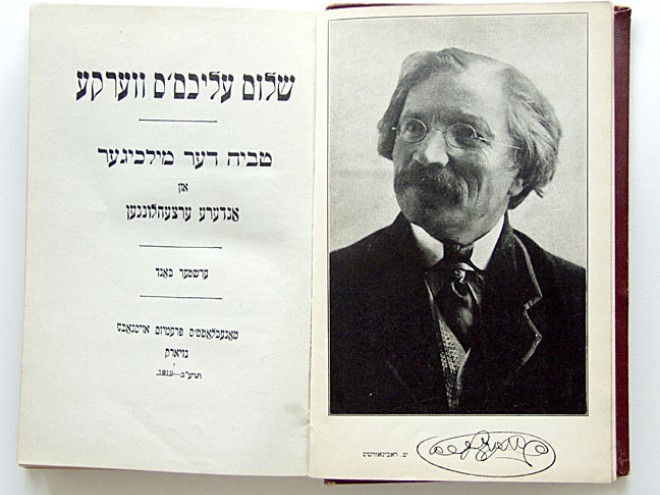
When penning my newest historical novel, The Boy with the Star Tattoo, I sectioned the story into three unequal parts, titled Uncertainty, Aliyah, and Belonging. Never did I expect that the latter would become so poignant since the tragic morning of October 7, 2023.
The epitaph that opens Belonging is borrowed from Somerset Maugham’s The Moon and Sixpence: “Some men are born out of their due place. Accident has cast them amid certain surroundings, but they have always a nostalgia for a home they know not.”
A sense of belonging — the feeling of deep connection with social groups, physical places, and collective or spiritual experiences — is a fundamental human need. It is the innate human desire to be a part of something larger than oneself. In his hierarchy of needs, Abraham Maslow expressed the importance of belonging by including it among the five basic requisites for wellbeing, even placing it above physiological and safety needs.
In my novel The Boy with the Star Tattoo, belonging is going back to a physical location that is home and reaching that place of certainty, of inner truth, that is not given to dispute or to second-guessing by an outsider.
For two thousand years, Jews have been praying “Next year in Jerusalem.” They have been yearning for this land from which their ancestors had been cast out by invading armies. This nostalgia for a home most of them had never glimpsed has anchored Jews to what we call among ourselves “the tribe.” This ethnic identity is shared regardless of how we observe, or don’t, religious dictates.
In 2008, in Paris, while taking a guided tour of the Jewish quarter of Le Marais, I saw a few Hassids in their typical black attire cross the street. The guide stopped to explain to his curious charges something about these people’s lifestyle. Having grown up as a secular Israeli, I bristled at the ultra-Orthodox imposition of their fanatic principles on the rest of us. (And don’t get me started on their view of a woman’s place — my place — in the world.) Yet, at this moment, when whiffing a trace of derision in the guide’s tone, my hackles went up. These men in black attire were my people! Looking down upon them was insulting to me.
In my novel The Boy with the Star Tattoo, belonging is going back to a physical location that is home and reaching that place of certainty, of inner truth, that is not given to dispute or to second-guessing by an outsider.
In The Boy with the Star Tattoo, the bond to the land of Israel is wrapped in a sense of responsibility for world Jewry — from the 1946 rescuing of World War II Jewish orphans and bringing them to then-Palestine, to the 1960’s commitment of an Israeli naval team stationed in France to make Israel a safe haven for all Jews. As I immersed myself in that spirit that placed patriotism far higher than individual wants, I was also aware of how much had changed in the past five decades. American Jews were now two generations away from the fumbling insecurity that had plagued their immigrant parents. Even though many American Jews have had meaningful bar and bat mitzvah ceremonies and have taken trips to Israel with either their families or through Birthright, their daily activities and interests were tied more to their current workplace, immediate community, or political party’s worldview than to Israel and Jewish-based concerns. Across an ocean and a sea, tired of sacrifice, Israelis craved normalcy. The economic future of Israel, expressed in my childhood in songs about growing oranges, now flourished on something else Jews had always been good at — using their brains. Socialism, so necessary for the absorption of refugees, was replaced by capitalism, the hallmark of growth. In a country whose national airline could fly out only in one direction — westbound — each year about half of all secular Israelis vacationed abroad.
October 7 changed all that. Surely, in the aftermath of the Hamas slaughtering, raping, and kidnapping of Israelis and the bloody war that ensued — with two-hundred thousand Israelis displaced, too many Israeli youth killed in battle, and the economy in a standstill since tens of thousands of reservists headed to the army — not a single Israeli was spared from trauma and shock. Suddenly, the huge internal political and cultural divides that had threatened to destroy the country from within were set aside. The volunteerism among Israelis was astounding as they united over what was most important to them above all else: not merely their existential survival, but the bond of a shared love for their country.
What we have seen happening to Jews in the US has been more surprising: a resurgence of belonging to “to a home they knew not.” The forgotten history — the more than one hundred generations of bar-mitzvahs — floated up to the surface of consciousness. Millions of American Jews to whom Jewishness had neither relevance nor context in their daily lives, suddenly felt the horror in a personal way. The savage attack happened to them, personally, and the losses were theirs, too. In the days following the massacre, I’d catch a stranger’s eye in the supermarket and at that instant we were united in a mourning that wasn’t evident to the outside observer. We belonged to the same tribe. Our personal and social identities transcended physical borders, and now suffered the same anguish and worry for the kidnapped. We — I, a Sabra who had left, and that American stranger in the supermarket who may have never set foot in our ancestral land — were hardwired with an attachment to a culture, to a heritage, and to a land far away.
For better or worse, in our inner truths, we were home. We belonged.
Talia Carner is an award-winning author of six historical and psychological suspense novels that shed light on social indignities and unexplored historical events. Formerly the publisher of Savvy Woman magazine and a lecturer at international women’s economic forums, this trailblazer of projects centered on women’s issues has turned her energies to fight for Israel and against antisemitism.



